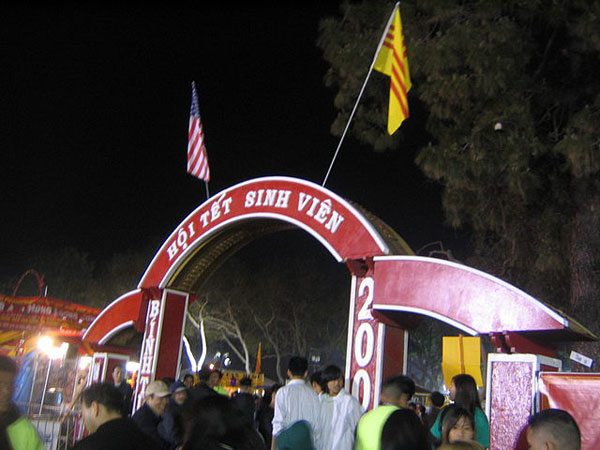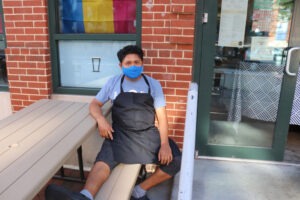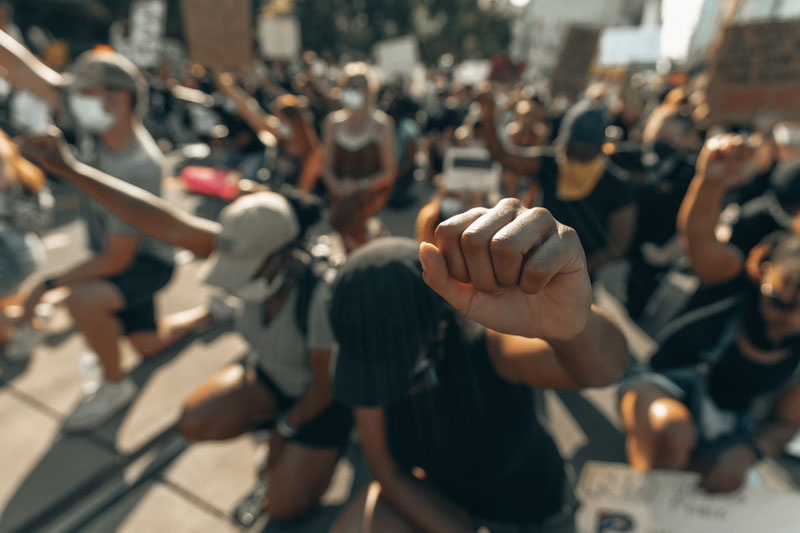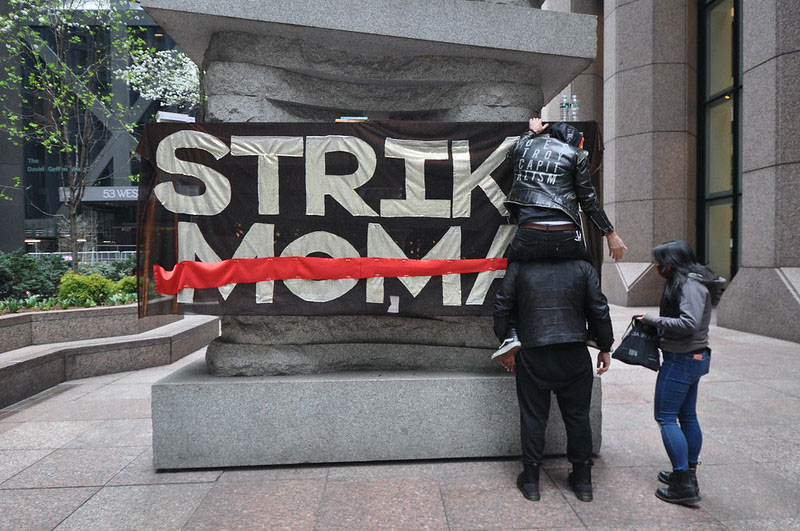
February 1, 2018; Los Angeles Times
Despite the largely white cast of last decade’s television show The O.C., the real Orange County, California is, as local residents know, far more diverse. Census figures indicate that the population is 41 percent white, 34 percent Latinx, and 21 percent Asian and Pacific Islander, with the remainder Black, American Indian, or of mixed ethnicity.
Sylvia Kim, regional director for Asian Americans Advancing Justice–Orange County, notes that “People always say that Orange County has the third-largest Asian American population in the country, and that Orange County’s population is 20 percent Asian American. But what does that really mean?” A new 150-page report authored by Linda Trinh Vo and Laureen D. Hom of the University of California, Irvine, that Kim’s group has published seeks to answer that question.
Called Transforming Orange County: Assets and Needs of Asian Americans and Native Hawaiians and Pacific Islanders, the study examines the growing influence and diverse needs of the 600,000-plus Asian and Pacific Islander residents who now call Orange County home.
As Caitlin Yoshiko Kandil of the Los Angeles Times explains, the influence of Orange County’s Asian American communities is extensive. For example, “the report shows that Asian American, Native Hawaiian, and Pacific Islander businesses generated nearly $26 billion in revenue and more than 100,000 jobs for Orange County in 2012 alone.”
“This is our chance to really make the case that immigrants and refugees do not drain the society—that we are contributors to society,” says the study’s coauthor, Vo, who is a professor of Asian American Studies. The report, Kandil explains, “which is based on interviews with Asian American, Native Hawaiian and Pacific Islander community leaders across the county, also offers first-hand insights into the history of Orange County—from housing discrimination against Japanese Americans after World War II to the arrival of Southeast Asian refugees in the 1970s to the proliferation of Asian grocery stores in recent years—and the ways Asian Americans are shaping the present-day culture and politics of the region.”
Sign up for our free newsletters
Subscribe to NPQ's newsletters to have our top stories delivered directly to your inbox.
By signing up, you agree to our privacy policy and terms of use, and to receive messages from NPQ and our partners.
The study also looks at the considerable variability among different Asian American groups. For example, the study finds that overall poverty for Asian Americans in Orange County is 12 percent—one percentage point lower than the population as a whole—but the poverty rate for Thai Americans is nearly 20 percent.
While Asian Americans in Orange County have a lower poverty rate than the general population—12 percent compared to 13 percent—nearly 20 percent of Thai Americans are poor in Orange County. Again, with unemployment, while Asian Americans as a group have a 6.7 percent unemployment rate (lower than the County average of 7.6 percent), some groups like Native Hawaiians and Pacific Islanders have unemployment rates that approach 13 percent.
Kim notes that disaggregating the data highlights critical information that studies which simply report on Asian Americans as a category will miss.
“You can’t deny the complexity of our community anymore,” Kim says. “Our recommendation is to not be scared off by it, but to embrace it and go deeper.”
To remedy the challenges identified in such areas as housing, access to healthcare, education, political engagement, and civil liberties, the study, notes Kandil, “recommends a series of policy steps including: disaggregating data to reveal the true needs of various Asian ethnic communities; [providing] linguistically and culturally competent services; enforcing anti-discrimination laws in employment and housing; expanding access to English-learner and bilingual instruction in schools; increasing mental health services for Asian Americans in schools; and hiring a workforce that reflects the growing Asian American presence in Orange County.”
Karin Wang, vice president of communications for the Los Angeles chapter of Asian Americans Advancing Justice, notes that the report has implication both within and outside of Orange County. “Orange County,” Wang says, “has become known—culturally, socially and politically—as the future of California and America. The changes that are happening here are showing the rest of the country where we’re going as a state and as a country.”—Steve Dubb












